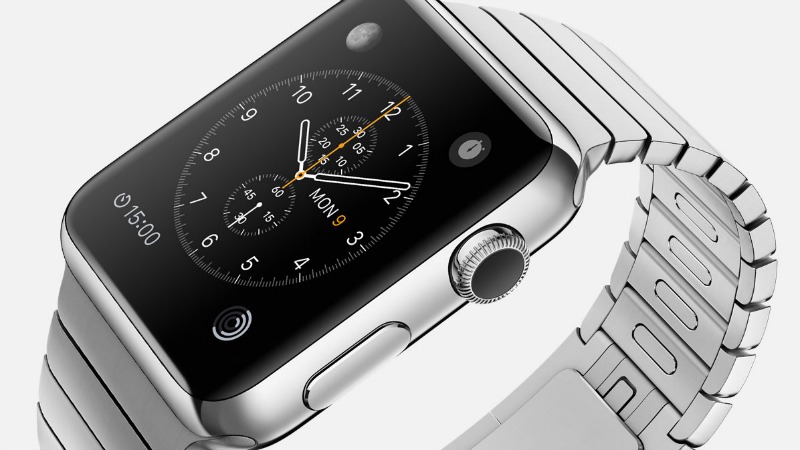dma.org.uk

Most of us know something about the internet of things (IoT), whether it’s the perennial idea of the fridge that orders its own food, or the practical innovations of Nest’s connected products, or the numerous, useful industrial applications: the engine part that tells you it needs replacing; the farmer who knows which of his gates is open because of a Wi-Fi chip on the gatepost, says Simon Gill, chief creative office at DigitalLBi, who will present at Pull 2015.
To that extent, the internet of things is an easy concept to get our heads around: a networked world, full of interconnected devices that do the little jobs for us. Yet it’s still worth wondering if we’ve really got to the heart of the matter yet, and to question whether some of our assumptions about the internet of things aren’t simply red herrings.
How, for instance, do consumer brands find the value in the internet of things as we are currently envisaging it? Will there be a chip on our ketchup bottle, letting us know it’s nearly empty? But can’t we already tell that? And wouldn’t it add rather a lot to the cost of the bottle? And maybe we don’t want any more of that ketchup? Surely the internet of brand things has more potential than to be an annoyingly pushy automated sales tool?
It is easy to get bogged down in rather trivial examples, and it is easy, too, to predict a terrifying future in which machines leave us with hardly anything to do, our wills gradually sapped by some theoretically benevolent technological ecosystem. I don’t believe ecosystems are necessarily terrifying or dangerous - most of us are quite happy to buy into Apple’s ecosystem, and we manage not to become consumed by their worldview. I also don’t believe we will submit entirely to machines - we are not built that way - though we will build many varieties of localised interconnected networks in our homes for our own convenience and enjoyment.
It’s through the notion of enjoyment that brands will probably find their way into the internet of things. In a world where our sense of ownership, our need to accumulate products, is changing and potentially diminishing, our focus turns to experiences. How can the internet of things bring colour and stimulation to our lives? Could it provide interesting, shifting environments as we move through different areas of our homes? Could it, in fact, help us take our homes with us in a virtual sense? Maybe our sensibilities and interests could go where we go, assuming we want them to?
I might want to know whether I’ve left my back door open, but perhaps I would also benefit from a reminder that family or friends are coming this weekend. What will they need? What can I do to make them feel at home too? How can their ‘configuration’ move with them?
If we think about networking as an opportunity to make our lives more interesting, to deliver experiences, then brands suddenly fit more naturally into that world. Brands need to discover their IoT niche, an area that works for them, and begin to develop their own concepts, smart products and extended services.
We might not need self-ordering ketchup, but we do want our lives to be richer and more exciting. The connected world, as it evolves, will surely offer the best, most imaginative brands the opportunity to help us do that.
No comments:
Post a Comment